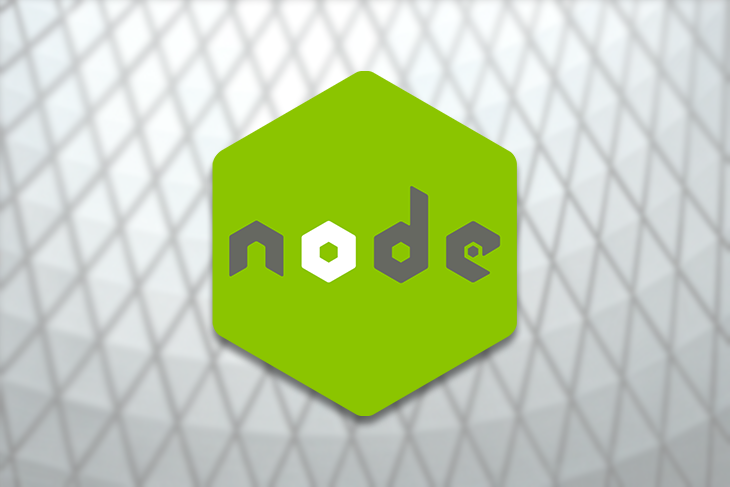

(The connection upgrade request is visible on the developer tools with a 101 Switching Protocols response.) Socket.IO Results 6 requests, 181.56 KB, 0.25 s Here are the results that I got: WebSocket Results 2 requests, 1.50 KB, 0.05 s To see the difference in network traffic you can run my test. Res.sendFile(path.join(_dirname, 'ws.html')) įor (var t = 0 t s.send('message from server', ()=>) WebSocket server example using Express.js: var path = require('path') Server-sideĬompare the server-side example of using WebSocket and Socket.IO to do the same in an Express.js app: WebSocket Server It is a simple example of server-side and client-side code - the client connects to the server using either WebSocket or Socket.IO and the server sends three messages in 1s intervals, which are added to the DOM by the client. I wrote an npm module to demonstrate the difference between WebSocket and Socket.IO: It actually assumes that the browser is old and starts an AJAX connection to the server, that gets later upgraded on browsers supporting WebSocket, after some traffic is exchanged. The third misconception is that Socket.IO downgrades the connection as a fallback on older browsers. The second misconception is that WebSocket is not widely supported in the browsers. The first misconception is that using Socket.IO is significantly easier than using WebSocket which doesn't seem to be the case.

There are few common misconceptions regarding WebSocket and Socket.IO:


 0 kommentar(er)
0 kommentar(er)
